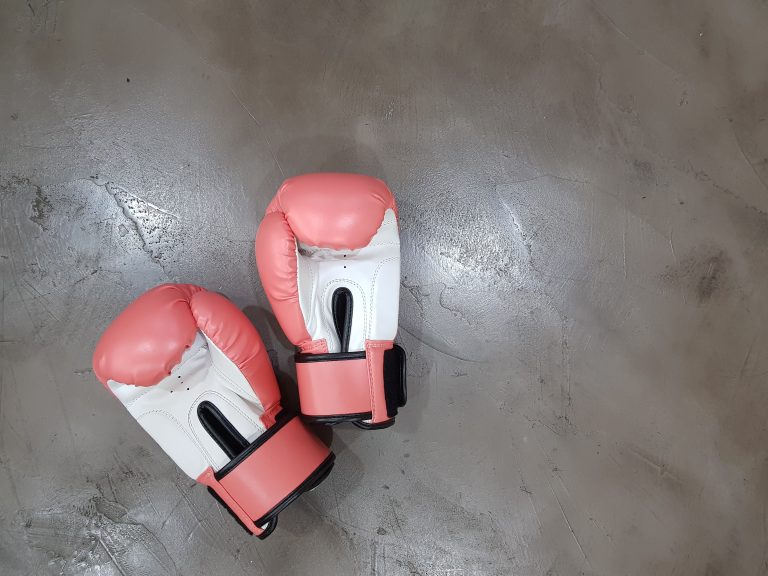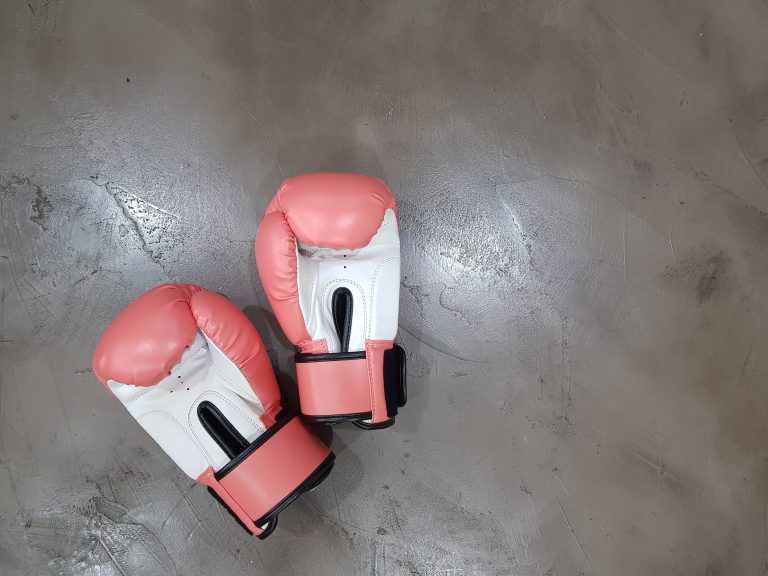Understanding the Karate Belt System: A Beginner’s Guide
Karate is a martial art that originated in Okinawa, Japan, and involves various striking and kicking techniques. One of the most distinctive features of karate is its belt system, which is used to signify the proficiency and progress of practitioners. In this article, we will discuss everything you need to know about the karate belt system.
History of the Karate Belt System
The belt system in karate was not introduced until the early 20th century when the founder of Shotokan karate, Gichin Funakoshi, brought the art to Japan. In traditional Okinawan karate, there was no belt system, and proficiency was measured by the amount of time and dedication a practitioner put into training.
Funakoshi introduced the belt system as a way to make karate more accessible to beginners and to provide a framework for measuring progress. The color of the belt represented the level of proficiency, with white being the beginner’s level and black being the expert level.
The Color System of the Karate Belt
The karate belt system has a specific color scheme that indicates the level of proficiency of practitioners. The following is a list of the different belt colors, and what they signify:
White Belt
The white belt is the beginner’s level and represents a new student who is starting their karate journey. At this stage, the student is learning the fundamentals of karate, such as basic strikes, kicks, and stances.
Yellow Belt
The yellow belt represents the student’s first step towards proficiency. At this stage, the student has gained a basic understanding of karate, and they are ready to move on to more complex techniques.
Orange Belt
The orange belt represents the next stage in a student’s progression. At this stage, the student has gained more proficiency in their techniques, and they are ready to take on more advanced techniques.
Green Belt
The green belt represents a higher level of proficiency. At this stage, the student has a deeper understanding of karate and has mastered more complex techniques.
Blue Belt
The blue belt represents a higher level of proficiency. At this stage, the student has significantly improved their techniques and is considered an intermediate student.
Purple Belt
The purple belt represents a high level of proficiency. At this stage, the student has a very deep understanding of karate and has mastered many advanced techniques.
Brown Belt
The brown belt represents a very high level of proficiency. At this stage, the student is considered an expert in karate and has mastered all fundamental and advanced techniques.
Black Belt
The black belt represents the highest level of proficiency in karate. At this stage, the student has mastered all techniques and has a deep understanding of the art.
It’s important to note that not all martial art studios follow the same belt system. Some studios may have a different color scheme or may have additional levels beyond black belt.
Progression in the Karate Belt System
To progress in the karate belt system, students must demonstrate proficiency in their techniques and knowledge of the art. The specific requirements for each belt color may vary depending on the studio, but they generally include:
– Demonstrating proficiency in basic techniques
– Demonstrating proficiency in more advanced techniques
– Demonstrating knowledge of karate concepts and history
– Participating in sparring and other exercises
– Showing dedication and commitment to training
Each studio may have their own specific guidelines for progression, so it’s important to check with your instructor for the specific requirements.
Introduction
Karate is a form of martial art that involves using the hands and feet for self-defense. It is a discipline that requires focus, discipline and consistency to master. One of the most notable features of karate is the belt system which serves as a symbol of a student’s progress and skill level. If you are new to karate, you may wonder how the belt system works. That’s what this blog post seeks to answer. Here, we will address frequently asked questions about the karate belt system.
What Is The Karate Belt System?
The Karate belt system is a ranking system that indicates a practitioner’s level of proficiency in the art. A practitioner advances in rank by mastering specific techniques and demonstrating an understanding of karate principles. The belt color changes as the student progresses, with the highest rank represented by a black belt. Color progression of the belt system varies by style and organization or association.
How Does The Belt System Work?
Under the karate belt system, students start with a white belt, which represents a beginner’s level. As the student progresses, they are awarded new belts of different colors. Usually, the colors are yellow, orange, green, blue, purple, brown, and black.
Each color represents a certain level of knowledge and skill, with the highest level of black belt divided further into degrees. The higher the degree, the more advanced and experienced the practitioner is.
What Is Required To Progress To The Next Belt Level?
To progress to the next level of the karate belt system, a student must demonstrate knowledge and proficiency in the techniques, principles, and skills required for the next rank. The student’s performance is evaluated by the instructor, who makes the final decision on belt advancement.
The amount of time and training required to progress to the next belt level vary from person to person and from one style or organization to the other. However, it can take anywhere from one to four years to advance to the next belt level, depending on the martial art school and the dedication of the student.
What Is The Importance Of The Belt System?
The belt system serves several purposes, including:
– It provides motivation for students to practice consistently and focus on their technique.
– It serves as a symbol of a student’s progress and accomplishment.
– It encourages healthy competition among students without compromising the values of humility and respect.
– It helps an instructor in assessing a student’s knowledge and proficiency level.
What Does Each Belt Colour Mean?
Since the belt system varies from one organization to another, colors and their meanings may differ. Here is the most common belt color progression and what each color symbolizes:
– White Belt: The white belt represents a beginner level with no knowledge of karate.
– Yellow Belt: The yellow belt represents that the student has started to learn the basics of karate.
– Orange Belt: The orange belt shows that the student is becoming proficient in the basic techniques.
– Green Belt: The green belt represents significant advancements in knowledge and skill in Karate.
– Blue Belt: The blue belt represents greater proficiency in combinations and techniques.
– Purple Belt: The purple belt represents that the student has an in-depth understanding of the techniques and can apply them well.
– Brown Belt: The brown belt represents mastery of Karate fundamentals and is close to black belt level.
– Black Belt: The black belt represents mastery of Karate, and it is divided into 10 degrees.
What Is The Highest Karate Belt Level?
The highest belt level in Karate is the red and white belt (symbolizing the rank of 9th and 10th-degree black belt) or the red belt (symbolizing the rank of 10th-degree black belt) depending on the organization or style. It can take a practitioner between 30 and 40 years of dedicated training to earn a red belt.
Introduction
Karate is a martial art that has a well-defined ranking system based on the colors of belts students earn as they progress through it. Karate belts denote a student’s level of knowledge and skill, and each color represents a specific rank. As students advance, they are awarded new belts in a particular order. Understanding the karate belt system is essential for students who want to know their skill level and for those who want to maintain the integrity of the art. In this blog post, we’ll guide you through the karate belt system and the requirements for each level.
The Karate Belt System
The karate belt system is roughly divided into two categories: kyu and dan ranks. The kyu ranks represent the lower levels, while the dan ranks represent the higher levels of expertise.
Kyu Ranks (Colored Belts)
The kyu ranks are commonly referred to as “colored belts,” which signify a student’s progress in the martial art. The first belt that a student will earn is white, and this rank represents a beginner level. Soon after, the student will receive the yellow belt, then orange, green, blue, purple, brown, and finally black. Each color represents a particular level of skill and knowledge.
White Belt (beginner level)
The white belt represents the first level of the karate belt system. For most students, this belt is achieved on their first day of training. It shows that the student has taken the first step towards learning the martial art. Students with white belts typically learn basic techniques such as punches, kicks, and blocks.
Yellow Belt
The yellow belt is the second level of the karate belt system. To earn this belt, students are tested on basic techniques such as punches, kicks, and blocks, as well as kata (formal exercises that simulate fighting against imaginary opponents). At this level, students are expected to demonstrate a basic level of proficiency in these skills.
Orange Belt
The orange belt represents the third level of the karate belt system. To achieve this rank, students must show their ability to perform more complicated techniques, such as joint locks and throws, and must be able to complete a particular kata.
Green Belt
The green belt is the fourth level of the kyu ranks. At this level, students are expected to demonstrate more advanced techniques than those covered in previous levels. They must perform more complex kata and show greater proficiency in traditionally practiced techniques.
Blue Belt
The blue belt is the fifth level of the karate belt system, and students at this level are considered intermediate. To achieve this rank, students must demonstrate comprehensive knowledge of karate techniques, history, and culture. Additionally, students must show a high degree of proficiency in kata and sparring.
Purple Belt
The purple belt represents an advanced level of the karate belt system, and students at this level typically have years of training and experience under their belt. Students must exhibit a high level of competency in executing techniques and must have excellent timing, precision, and fluidity in their movements.
Brown Belt
The brown belt is the second-to-last level before reaching the black belt, and students at this level must have a high level of proficiency in karate. To achieve this rank, students must demonstrate a deep understanding of karate techniques and be able to execute them with power, speed, and accuracy.
Black Belt
The black belt is the highest level of achievement in the karate belt system. To reach it, students must have extensive training and experience, usually requiring several years of dedicated practice. At this level, students are masters of the art of karate, and they have developed a deep understanding of its philosophy, culture, and techniques.
Dan Ranks (Black Belts)
The dan ranks are the highest levels of the karate belt system and are reserved for students who have achieved incredible expertise in the martial art. There are ten dan ranks in total, with the highest rank being the tenth dan. Each rank is signified by a black belt, and students must continue to demonstrate their proficiency to maintain their rank. Advancement through the dan ranks requires significant practice, dedication, and commitment to the martial art.
Conclusion
The karate belt system is an essential part of the martial art, and it provides students with clear goals as they progress through their training. Each belt color represents significant milestones in a student’s journey towards mastery of the martial art. Understanding the requirements and significance of each belt rank helps students set targets and evaluate their progress. With time and dedication, students can advance through the levels of the karate belt system to achieve new heights of proficiency and expertise.
Inhaltsverzeichnis






